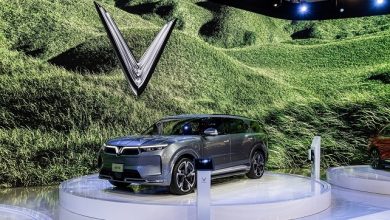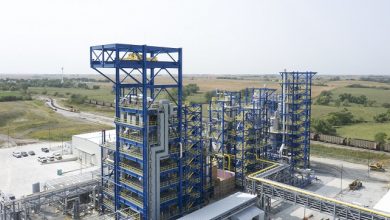Scania introduces electric trucks for regional long-haul

Scania is introducing solutions built upon the next level of battery-electric trucks (BEV). The new generation, available with R or S sleeper cabs, is part of a complete solution that will open the door to the electrified transport landscape wide for a vast number of customers and applications. With 624 kWh of batteries installed, Scania provides the means for a major shift regarding electric trucks and their operability in regional long-haul operations.
“This introduction represents a major milestone for us and for our partners,” says Christian Levin, Scania’s CEO. “We are now increasing our range in every dimension by offering new opportunities for a vast selection of customers and the whole transport ecosystem. These trucks are part of solutions that contain all the capabilities that a transport industry longing for electrification is asking for.”
Scania’s new BEV truck generation is based on classic Scania cornerstones such as modularity, sustainability and a total operating economy with the potential to match or even exceed what can be expected from conventional trucks. And the latest electric Scania trucks are accompanied by all the support with operational factors and services that make them complete solutions, with charging, finance, insurance and maintenance all in place.
“The addition of these solutions to Scania’s portfolio is a major step-change for customers who want to take charge,” says Fredrik Allard, Senior Vice President and Head of Electrification at Scania. “We are facilitating a transition for our customers by including important customer values such as a close partnership and zero emissions.”
With the new Scania trucks, customers will be able to operate rigids or tractor-and-trailer combinations such as temperature-controlled food transports. Ranges vary with weight, configuration and topography, but a 4×2 tractor with six batteries can expect up to 350 km between each charging, with an average speed of 80 km/h on motorways. Fixed routes that provide for planned charging at the home depot or at the destination are most favourable. Opportunity charging during the driver’s man-datory 45 minutes rest will of course increase the operative range.
“Scania has now reached a favourable maturity regarding our electrified offer,” says Allard. “With this major addition to our existing hybrids and the BEVs for urban distribution we introduced in 2020, we can now offer a sustainable and multi-faceted portfolio of zero-emission solutions for our customers.”
The new Scania BEV trucks can initially be ordered as 4×2 tractors or as 6×2*4 rigids. A 4×2 tractor will need an axle distance of 4,150 mm when carrying six batteries, thus benefiting from the Increased Vehicle Dimension regulation in Europe. Gross train weights up to 64 tons, as per the typical Nordic combination, can be specified.
The charging capability is up to 375 kW, which means that an hour of charging will add some 270 to 300 km of range, as a rule of thumb. The continuous power output level for a Scania 45 R or S is 410 kW (equivalent to some 560 hp). The next-level Scania electrified trucks can now be ordered by taking up a dialogue with Scania representatives, and production will commence in Q4 2023.
“Tackling the global CO2 challenges means that we all need to produce and consume in new ways,” says Levin. “Reduce, reuse and recycle have always been important for Scania. The only thing that stands between us and a major transition to a fossil-free transport system based on electrified solutions is a complete charging infrastructure, but we are seeing great progress there too.”
The availability of charging solutions is indeed crucial for European customers who want to start investing in BEV trucks on a greater scale. Scania has teamed up with global partners, and with Scania as the single point of contact, they can offer complete charging solutions that secure a seamless and future-proofed experience for BEV customers.





